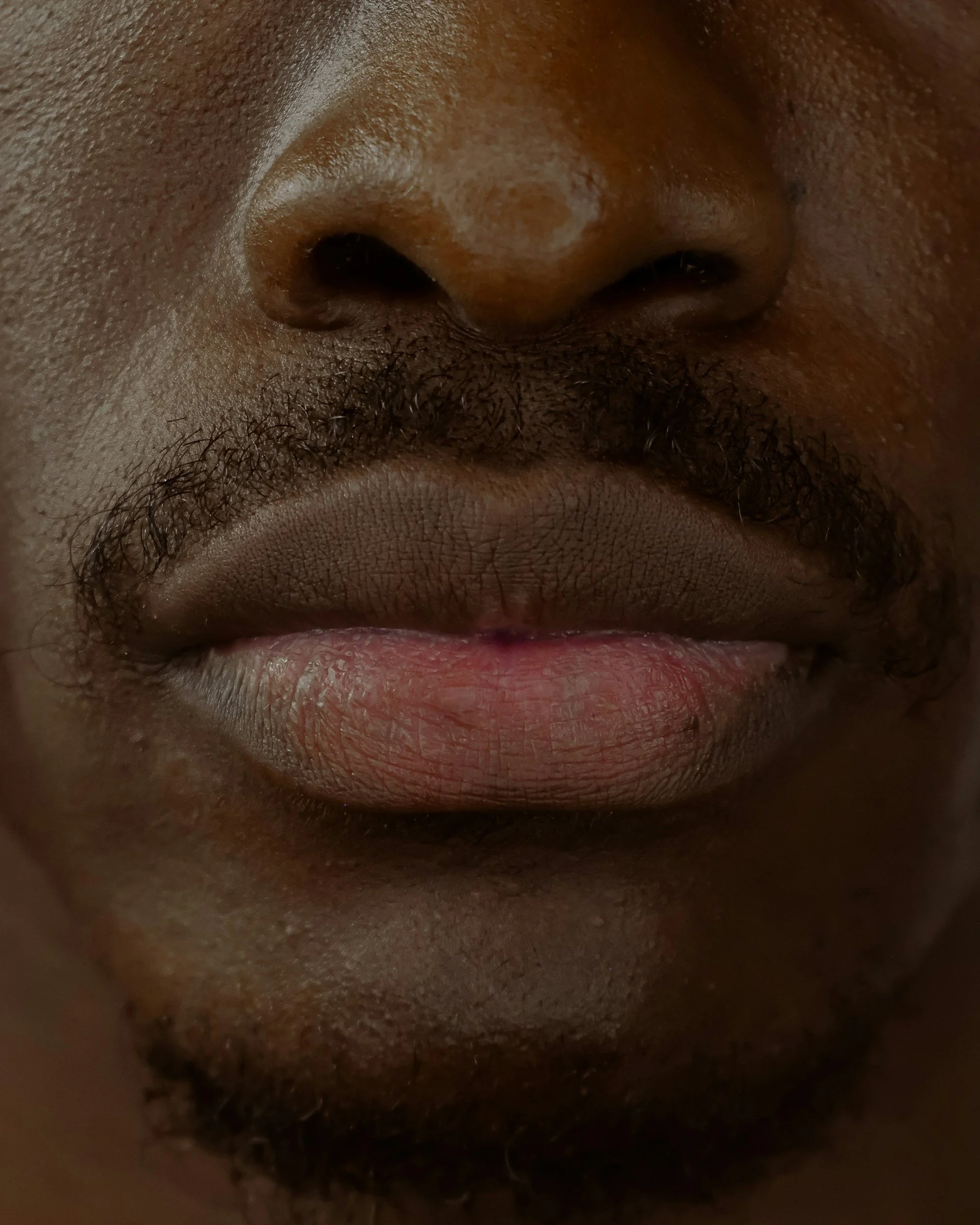Why Black Men Should Rethink Using Razors
There’s a TikTok going around saying: “Don’t use razors”—and for many Black men, that message has serious weight. Curly and coily hair and sensitive skin don’t always play well with aggressive shaving tools.
The Root Problem: Razor Bumps (Pseudofolliculitis Barbae)
Razor bumps—technically called pseudofolliculitis barbae (PFB)—are common in people with curly hair. What happens is this: after shaving, sharp hair tips can curl back into or under the skin’s surface, triggering inflammation, redness, and bumps. (DermNet®)
Curly follicles mean hair doesn’t always grow straight out—especially near the jawline or neck. That curved path increases the chance hair will re-enter skin after being cut. (PMC)
If PFB is left unmanaged, it can lead to post-inflammatory hyperpigmentation, scarring, and in more severe cases, folliculitis or keloid lesions. (PMC)
Why Multi-Blade Razors Are Risky
Multiple blades often raise hair before the cut, increasing the risk of it retracting under the skin. (PMC)
Dull blades or repeated passes irritate skin and increase micro-trauma.
Shaving against the grain, stretching skin, or doing multiple strokes in the same area compounds the risk. (DermNet®)
DermNet recommends that for those prone to PFB, the most effective prevention is to stop shaving completely, or at least switch to gentler techniques. (DermNet®)
Best Shaving Options for Black Men — and Why They Matter
Foil Electric Shaver
Why it helps: Offers a gentler cut above the skin’s surface, reducing tugging and the risk of ingrown hairs.
Trade-offs: Doesn’t shave as close; foils need regular cleaning and replacement.
Single-Blade or Safety Razor
Why it helps: Cuts cleanly without multiple blades dragging across the skin.
Trade-offs: Requires careful technique and minimal passes to avoid irritation.
Trim (Don’t Shave to the Skin)
Why it helps: Leaves a small amount of stubble, which lowers the chance of hair curling back into the skin.
Trade-offs: Results in a shadowed look rather than a fully smooth shave.
Let It Grow (Beard Style)
Why it helps: Allows hair to grow naturally, giving the skin time to heal from past irritation or bumps.
If You Must Shave: Smart Practices
Always soften the hair first (warm compress or shave in shower) (American Academy of Dermatology)
Shave with the grain, not against it, and use short strokes. (DermNet®)
Keep blades super sharp; replace often.
Avoid stretching skin or repeating strokes in the same spot.
Exfoliate gently prior to shaving to remove dead skin debris. (Medical News Today)
Aftercare: cold rinse, gentle moisturizer or non-alcoholic post-shave to calm inflammation. (Medical News Today)
Bottom Line
For many Black men, traditional razors pose real health challenges—not just aesthetic inconveniences. The combination of coily hair + aggressive blades = a high chance of irritation, ingrown hairs, and scarring.
You deserve grooming that honors your skin, not battles it. Try gentler options or smart techniques. Let your skin be the priority.



